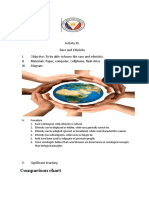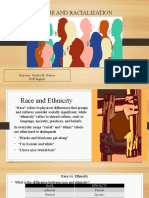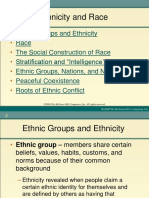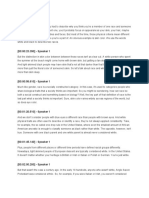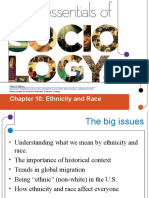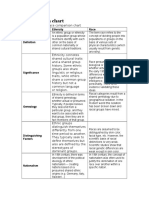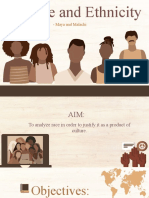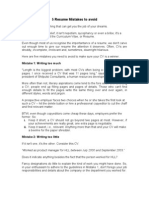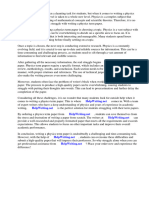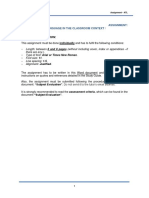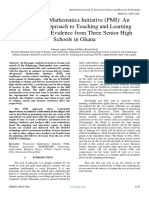0% found this document useful (0 votes)
44 views15 pagesIdentity Politics: Race, Ethnicty, Class and Gender: Teacher: Guljan Kulakhmet
The document discusses identity politics and how it relates to race, ethnicity, class, and gender. It defines identity politics as political approaches based on shared identities like gender, religion or race. It also defines and provides background on race, ethnicity, and how historical colonialism influenced racial classification. The document then discusses gender segregation in occupations and how higher education helped facilitate women's progress in professional fields.
Uploaded by
Lamiya GirkhlarovaCopyright
© © All Rights Reserved
We take content rights seriously. If you suspect this is your content, claim it here.
Available Formats
Download as PPTX, PDF, TXT or read online on Scribd
0% found this document useful (0 votes)
44 views15 pagesIdentity Politics: Race, Ethnicty, Class and Gender: Teacher: Guljan Kulakhmet
The document discusses identity politics and how it relates to race, ethnicity, class, and gender. It defines identity politics as political approaches based on shared identities like gender, religion or race. It also defines and provides background on race, ethnicity, and how historical colonialism influenced racial classification. The document then discusses gender segregation in occupations and how higher education helped facilitate women's progress in professional fields.
Uploaded by
Lamiya GirkhlarovaCopyright
© © All Rights Reserved
We take content rights seriously. If you suspect this is your content, claim it here.
Available Formats
Download as PPTX, PDF, TXT or read online on Scribd
/ 15













